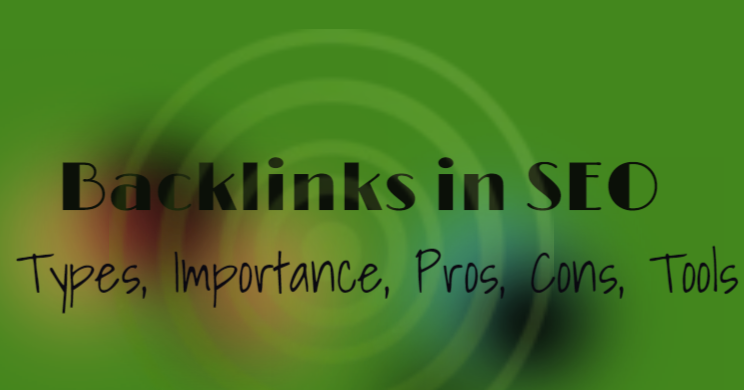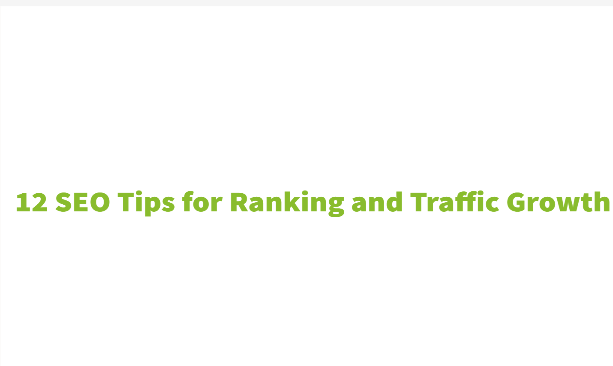Backlinks are links from one website to another. Backlinks in SEO are very significant. They show search engines that your website is trusted and valuable. When other sites link to yours, it’s their trust, and that helps your site show up higher in search results. It’s like getting a thumbs-up from the online world, making your website more influential and visible to people searching for related content.
Types of Backlinks
Mainly there are two types of backlinks based on the ‘nofollow’ and ‘dofollow’ attributes. These attributes are part of the HTML code of a link. It indicates to search engines how to treat the link in terms of passing SEO value. Nofollow links may not affect rankings directly, but they drive targeted traffic. A mix of both dofollow and nofollow links creates a natural link profile. Let’s dive into each type for more details:
Dofollow Backlinks
- Regular links without a ‘nofollow’ tag in their code.
- Search engines follow these links, passing SEO value (‘link juice’).
- Positive impact on search rankings and domain authority if from trusted sources.
- Commonly referred to when discussing ‘backlinks.’
Nofollow Backlinks
- Have a ‘nofollow’ tag in their HTML, telling search engines not to follow or pass SEO value.
- Introduced to fight spam and indicate no endorsement of linked content.
- Generally don’t boost SEO rankings, but can bring traffic.
- Common in blog comments, forums, and some social media links.
Importance of Backlinks
Authority and Credibility: Backlinks demonstrate your website’s trustworthiness and expertise, enhancing its credibility in the view of search engines.
Higher Search Rankings: High-quality backlinks are associated with improved search result rankings, leading to enhanced online visibility.
Referral Traffic: Backlinks drive traffic from other websites, broadening your audience reach.
Indexing and Crawling: Backlinks assist search engines in efficiently discovering and indexing your content.
Domain Authority: A robust backlink profile uplifts your domain’s authority and reputation as a whole.
Natural Link Profile: A blend of relevant backlinks fosters a comprehensive, natural linking structure.
Competitive Edge: Greater quantity and quality of backlinks can surpass competitors in search outcomes.
Content Validation: Backlinks originating from reputable origins support the importance and suitability of your content.
Long-Term Benefits: High-quality backlinks play a role in maintaining long-term SEO success.
Characteristics of a Good Backlink
Relevance
Backlinks need to be from websites that relate to your content. E.g. A tech news site links to a software review site, supporting a detailed analysis of a new app.
Authority
Meaningful links come from respected sources, such as a well-known news outlet mentioning your industry knowledge.
Natural
Backlinks are earned through quality content, and not through paid schemes. E.g. A travel blogger mentioning your destination guide naturally.
Diverse Sources
A diverse range of links from different sources, including industry blogs, news platforms, and online forums, creates a complete and balanced link profile.
Anchor Text
The anchor texts help search engines figure out what keywords are important for a webpage to show up in search results. E.g. Click here to learn all about Backlinks in SEO; Types; Importance; Pros; Cons; Tools
What to Avoid in Backlinks
Low-Quality Sites
Backlinks originating from low-quality or spam websites have the potential to negatively impact the website’s reputation and SEO performance.
Paid Links
Engaging in the purchase or sale of links goes against Google’s established guidelines and may result in adverse consequences or penalties.
Irrelevant Links
Acquiring backlinks from websites that are irrelevant to your content could be viewed as a form of manipulation and might not deliver substantial value.
How to Get Backlinks
When establishing backlinks, it’s recommended to focus on producing top-notch, appropriate content that naturally draws in dofollow backlinks from trustworthy origins. Nevertheless, a comprehensive SEO approach might also include acquiring nofollow backlinks from diverse sources, ensuring an organic and varied link profile. To acquire backlinks, please stick to the following guidelines:
Create High-Quality Content
Creating valuable, unique, and educational content naturally draws in backlinks from external websites.
Guest Posting
Writing guest articles for respected and related websites within your field can help you secure high-quality backlinks.
Outreach
Reach out to bloggers, journalists, and site proprietors within your industry to showcase your content and request backlinks when suitable.
Social Media Promotion
Sharing your content across social media platforms can enhance its publicity, potentially resulting in more backlinks.
Broken Link Building
Identify broken links on external websites and propose your content as a suitable alternative.
Participate in Online Communities
Engaging in discussions on forums, Q&A sites, and community platforms can open doors for securing backlinks.
Collaborations and Partnerships
Collaborations and partnerships with others in your industry can naturally lead to backlinks through mutual promotions.
Popular Backlink Tools
- A comprehensive tool for backlink analysis.
- Offers insights into backlinks, referring domains, anchor text, and more.
- Provides keyword research, content analysis, and site auditing features.
Moz Link Explorer
- Analyzes backlink profiles, domain authority, and spam score.
- ‘Link Intersect’ feature identifies link-building opportunities.
- Offers competitive analysis, keyword research, and site auditing.
- Versatile tool with backlink analysis capability.
- Provides data on referring domains, backlink types, anchor text, etc.
- Offers competitive analysis, keyword research, and site auditing.
Google Search Console
- Provides basic information on indexed backlinks.
- Offers insights into your backlink profile from Google’s perspective.
Ubersuggest
- A user-friendly tool for basic backlink analysis.
- Offers backlink analysis, domain score insights, and anchor text distribution.
Prioritize quality over quantity in backlinks. Focus on relevant, high-quality ones. Utilize tools to monitor your backlink profile and inform your SEO choices. Keep in mind that a few valuable backlinks are more impactful than numerous low-quality ones.



